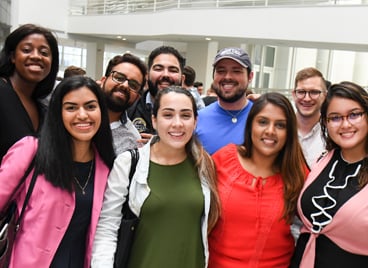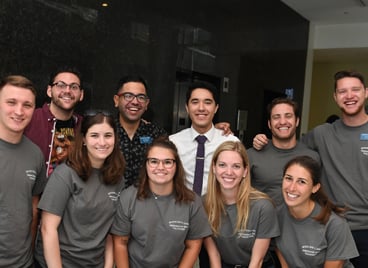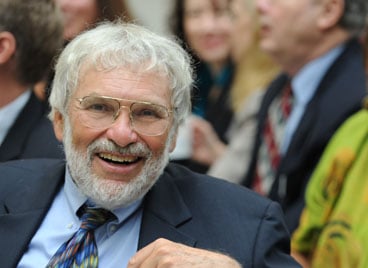Creation of University Council Against Sexual Harassment
Creation of University Council Against Sexual Harassment
In furtherance of its goal to eliminate sexual harassment, Seton Hall created a University Council Against Sexual Harassment in June 1991. The purposes of this Council are:
(1) To monitor the implementation of the University's Policy Against Sexual Harassment;
(2) To propose amendments to the policy as the need arises;
(3) To investigate and, if possible, resolve claims of alleged sexual harassment;
(4) To make recommended findings of fact and purpose sanctions;
(5) To conduct education and training programs throughout the Seton Hall community.
The Council may, in writing, make recommended findings of fact and propose sanctions.
Confidentiality to all parties will be provided to the extent possible and in accordance with the law.
The Council shall make and maintain appropriate records.
The University Council Against Sexual Harassment is not empowered to make binding determinations of facts or impose sanctions. The authority to make binding determinations of facts and impose sanctions is vested in the appropriate University authorities, for example, the dean for community development in the case of student and deans or division heads in the case of employees or faculty members.
A list of Counsel members shall be published regularly, and will be available from the Chairpersons of the Council Against Sexual Harassments, 973-275-2081.
Written guidelines regarding the handling of complaints are available through the Council.
Process for Resolving an Incident of Alleged Sexual Harassment
Any individual who becomes aware of an incident of sexual harassment has a duty to report it to the Council as soon as possible. Members of the University community may assert a claim of alleged sexual harassment either informally or formally.
(1) The Informal Process: This process is designed to achieve resolution of the alleged incident informally. The informal process has no set structure or protocol, and is intended to be flexible in order to reach an acceptable solution. While a written statement from the complainant is helpful, it is not required to initiate or pursue the informal process.
(2) The Formal Process: In the formal process, a written complaint is required. The formal process requires that the hearing be tape recorded, that testimony be given under oath, and that the hearing be closed to the public. If any of these conditions is not met, the hearing is not formal. The complete process for the formal hearing is set forth in the written guidelines issued by the Council and available through the Council.
In both the informal and formal processes either party may be accompanied by another individual from the University for support purposes. This individual is not permitted to participate in either process. Attorneys are not permitted to participate in either process.







